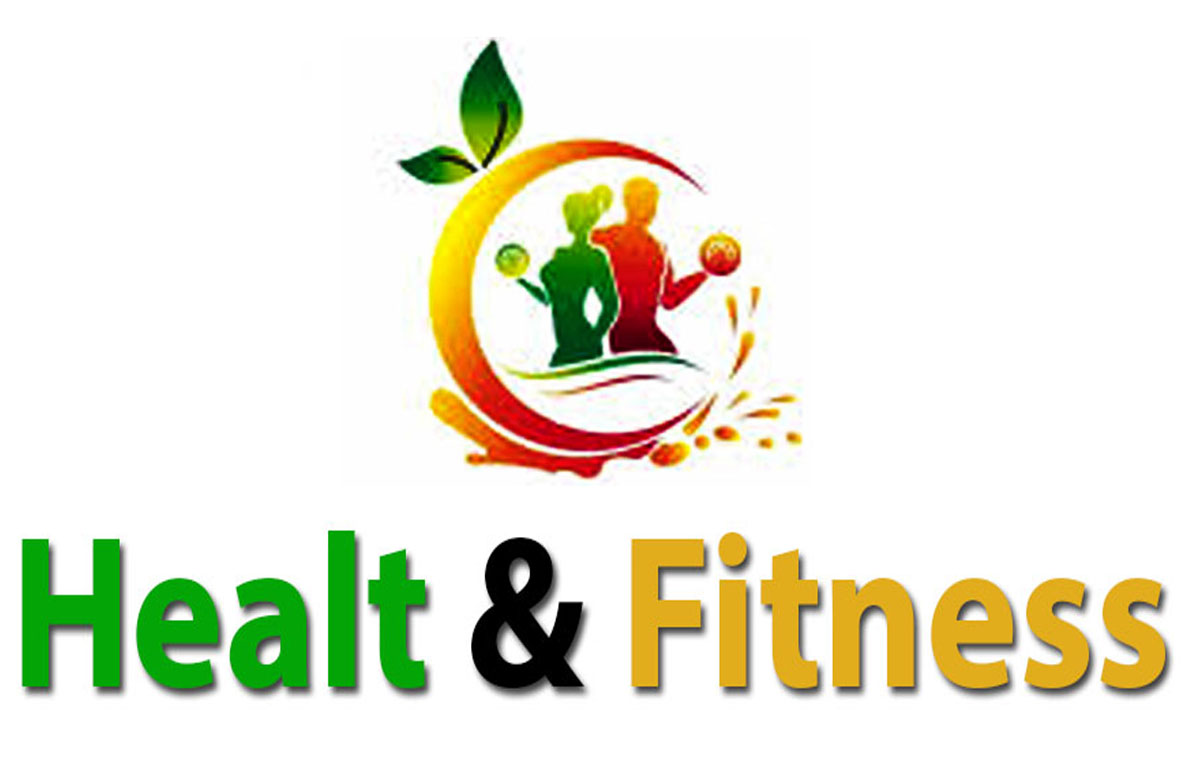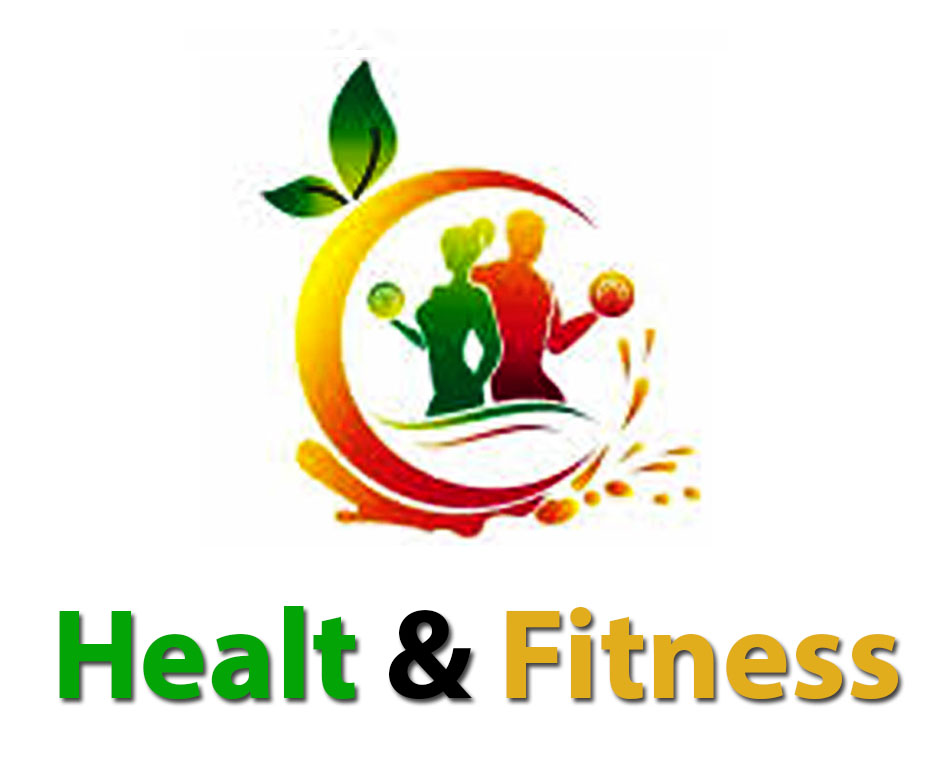Mindful Movement: Pilates Gear and Workouts for Body Awareness
Please Watch the Pilates Gear and Workouts video: Click here![]()
In today's fast-paced world, finding moments of calm and awareness amidst the chaos is essential to overall well-being. Mindful movement, especially in exercises like Pilates, provides a way to build this balance between body and mind.
Understanding Mindful Movement
Mindful movement includes activities that encourage present-moment awareness, promoting a focus on physical sensations, breathing, and mental states.
Pilates and other mindful movement techniques improve mental and emotional balance, physical strength, flexibility, and mental clarity.
What is Pilates?
Pilates is a low-impact workout technique meant to enhance body awareness, strength, and flexibility.
Pilates's basic tenets are focus, control, centering, flow, precision, and breath.
Essential Pilates Gear:
A. Pilates mat:
Pilates mats are a basic piece of equipment for practicing Pilates exercises that provide a supportive and cushioned surface for the workout. Here's what makes it essential:
Please Watch the Pilates Gear and Workouts video: Click here![]()
Comfort and Support: The mat provides a comfortable surface for various floor exercises, protecting your spine and joints during movement.
Portability: Because it is lightweight and portable, Pilates can be easily practiced outside, in a studio, or even at home.
Thickness and material: Most mats are about 0.5 to 0.6 inches thick, providing enough cushion without compromising stability. They are often made from materials such as PVC or TPE, which ensure durability and easy maintenance.
B. Pilates Magic Circle (Pilates Ring):
The Pilates Magic Circle, also known as the Pilates Ring, is a flexible ring-shaped piece of equipment that adds resistance to Pilates exercises. Here's what it offers:
Resistance Training: The ring provides gentle resistance for different muscle groups, intensifying the workout without adding significant strain.
Targeted muscle engagement: In many exercises, this works especially well for working the arms, chest, and muscles of the inner and outer thighs.
Versatility: The ring is adaptable for both beginners and advanced practitioners, providing different levels of resistance based on the force applied.
C. Pilates Ball:
A Pilates ball, also referred to as a stability ball or exercise ball, is a versatile tool used to add challenge and variety to a Pilates routine. Here is its meaning:
Improved stability and core strength: The ball challenges balance and stability, engaging core muscles for improved strength and control.
Use it anywhere: It can be added to exercises that call for more muscle engagement, such as leg presses, abdominal crunches, and pelvic curls, to create an unstable element.
Variety of Sizes: Available in a variety of sizes to accommodate different heights and exercises, ensuring a comfortable and effective workout experience.
With their varied functions of offering comfort and support, introducing resistance, or testing your stability and core strength, each of these Pilates accessories can improve your Pilates practice in a special way. Integrating these tools into your routine can enhance the benefits of Pilates exercises, aiding body awareness and overall fitness.
Mindful Pilates Workout:
A. Breathing Exercises:
Purpose: Breathing is fundamental to Pilates, facilitating the mind-body connection and increasing movement efficiency.
Please Watch the Pilates Gear and Workouts video: Click here![]()
Technology:
Diaphragmatic breathing: Breathe deeply through your nose, letting your abdomen expand, and then completely out of your mouth, using your core muscles.
The Hundred Breathing: Inhale for five counts, then exhale for five counts, repeating this pattern for ten cycles (100 counts total). Maintain a steady rhythm while engaging core muscles throughout.
B. Mat Exercises:
Foundation: Mat exercises form the core of a Pilates workout, focusing on controlled movements and core engagement.
Please Watch the Pilates Gear and Workouts video: Click here![]()
Sample Exercise:
Roll-up: While lying on your back, raise your hands above your head, roll smoothly into a seated position, and then descend slowly.
Single-leg circle: While lying on your back, raise one leg toward the ceiling and use your core muscles to draw circles in the air.
The Hundred: Lie on your back, lift your head and shoulders, extend your legs at a 45-degree angle, and pump your arms up and down while breathing in a controlled manner.
C. Resistance Band Routine:
Purpose: Resistance bands add challenge and variety to Pilates workouts, increasing strength and flexibility.
Please Watch the Pilates Gear and Workouts video: Click here![]()
Practice:
Leg Presses: Loop the band around your feet and do leg presses, engaging the leg muscles against resistance.
Arm Stretch: Hold the band with both hands and stretch the arms, focusing on controlled movements.
Side Bends: Stand with one foot on the band and perform side bends, engaging core muscles while maintaining stability.
D. Pilates Ring Workout:
Purpose: Pilates rings provide resistance and target specific muscle groups for a comprehensive workout.
Please Watch the Pilates Gear and Workouts video: Click here![]()
Sample Exercise:
Inner thigh squeeze: Place the ring between your thighs and squeeze while engaging the inner thigh muscles.
Chest press: Hold the ring in front of your chest and push inward, engaging the chest muscles.
Arm Circles: Hold the ring with both hands and perform controlled arm circles by engaging the shoulder muscles.
E. Pilates Ball Exercises:
Pilates aims to improve balance, core engagement, and ball stability.
Please Watch the Pilates Gear and Workouts video: Click here![]()
Practice:
Pelvic Curls: Lie on your back with ball feet, lift your hips off the mat, and roll a ball in and out, engaging your core and glutes.
Bridge: Place feet on the ball and lift hips into a bridge position, engaging the core and lower body muscles.
Abdominal crunches: Sit on the ball, walk the legs forward, and do abdominal crunches while balancing on the ball.
Each of these elements contributes uniquely to a holistic Pilates practice, emphasizing controlled movement, muscle engagement, and mind-body connection for improved body awareness and overall well-being.
Tips for Body Awareness:
Focus on alignment: Pay attention to your body's alignment during each exercise to prevent injury and maximize performance.
Mind-body connection: engage your mind in movement. Focus on the muscles and sensations used during each exercise.
Breath Control: Coordinate your breath with movement. Inhale during the preparation phase and exhale during the exertion phase of the exercise.
Start slowly: Start with basic exercises and gradually progress to more challenging routines as you develop body awareness and strength.
Remember, Pilates is about quality over quantity. Embrace the journey of connecting mind and body through intentional movement for a more holistic approach to fitness and wellness.
Tips for a mindful Pilates routine
Setting purpose: Begin each session with a specific objective to guide your practice.
Practice Attendance: Be present during the exercise, focusing on sensation and movement.
Listen to your body; Respect your body's limitations and adjust exercises accordingly to prevent injury.
Incorporating mindful movement, especially through Pilates, into your routine can significantly improve body awareness, physical fitness, and mental clarity. By embracing the principles and using the appropriate gear, individuals can experience a holistic approach to fitness and mindfulness.
FAQs
1. Is Pilates suitable for all fitness levels? Pilates can be adapted for various fitness levels, from beginners to advanced practitioners, with modifications available for different abilities.
2. How often should one practice mindful movement like Pilates? The frequency of Pilates practice varies, but consistency, even with a few sessions per week, yields noticeable benefits.
3. Do I need specialized equipment for Pilates workouts? While certain gear can enhance Pilates routines, beginners can start with basic exercises using just a mat.
4. Can Pilates help with posture improvement? Yes, Pilates focuses on core strength and alignment, which can contribute to better posture over time.
5. Is Pilates only about physical fitness, or does it offer mental benefits too? Pilates isn't just physical; it emphasizes mental focus, mindfulness, and the mind-body connection, providing holistic benefits.

.jpeg)
.jpeg)

.jpeg)
.jpeg)


.jpeg)
.jpeg)


.webp)

.jpeg)

